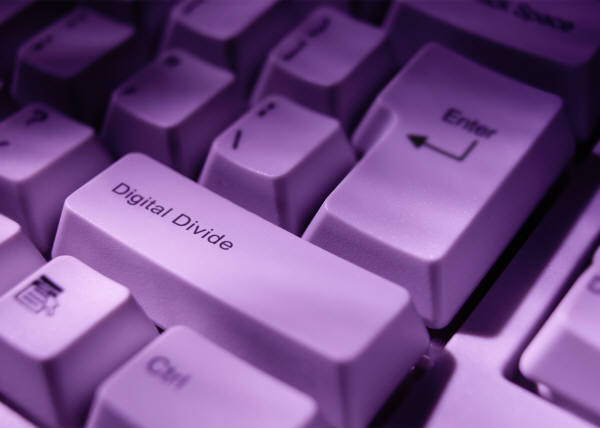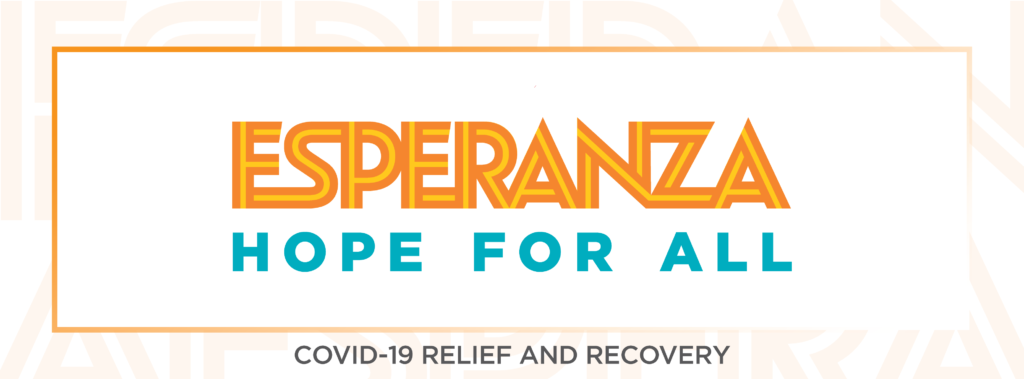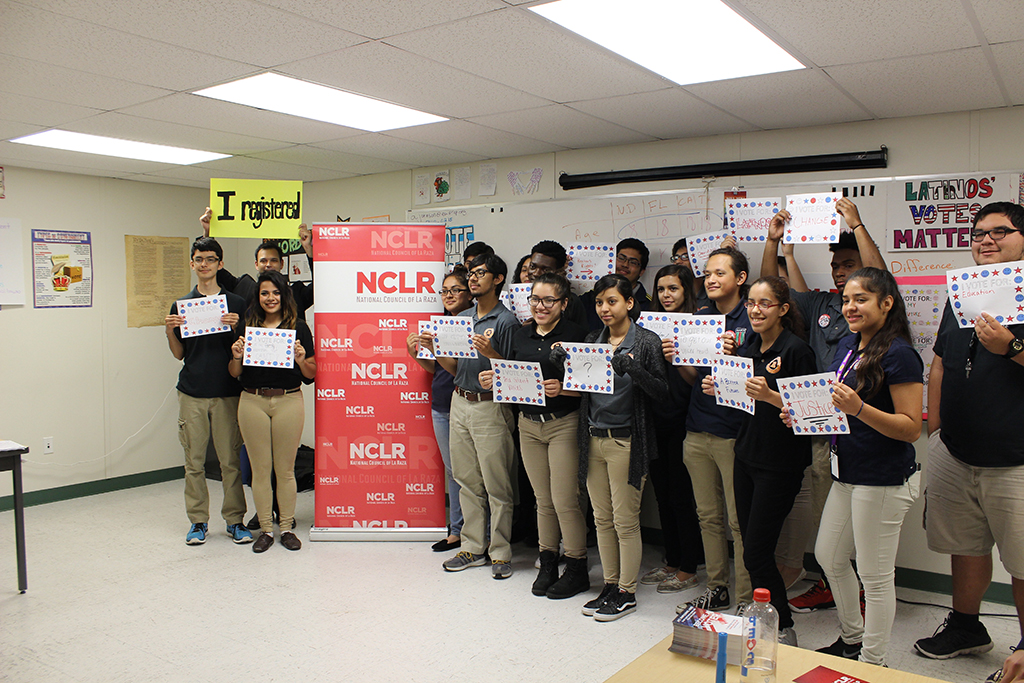The New Digital Divide is Academic
By Jose Varela, Principal, Academia Avance
(This was first posted to the Latino School Leaders blog, an NCLR Education project)
 The online dictionary, Webopedia defines Digital Divide as “A term used to describe the discrepancy between people who have access to and the resources to use new information and communication tools, such as the Internet, and people who do not have the resources and access to the technology”.
The online dictionary, Webopedia defines Digital Divide as “A term used to describe the discrepancy between people who have access to and the resources to use new information and communication tools, such as the Internet, and people who do not have the resources and access to the technology”.
In 2001, a report titled “Latinos and Information Technology-The Promise and the Challenge”, released by the Tomas Rivera Policy Institute, stated that only 40% of Latino households had Internet access while 62% of the White household had access. The percentage for low income Latinos was even lower, at 32%.
Keep up with the latest from UnidosUS
Sign up for the weekly UnidosUS Action Network newsletter delivered every Thursday.
Thanks to the increased access of cell phones and Smart phones, the previously stated data has nearly diminished. A recent Pew Research Hispanic Center report shows that nearly 68% of Latinos use the Internet while 80% of whites us the Internet. However, only 62% of low-income families use the Internet while over 90% of affluent families use the Internet.
So while this new data is great news, we must keep in mind that most low to mid income families’ access to the Internet is limited to cell phones and Smart phones. This access is also limited. A high percentage of the access via a phone is limited to social media contact, text messaging and at lower level, emails. This being said, there is still a troubling Digital Divide- “The Academic Digital Divide”.
 As schools across the country come closer and closer to the implementation of the Common Core Standards and its web-base assessments, the “Academic Digital Divide” will become more apparent. Many schools, especially independent charter schools, lack the finances and or facilities to give students additional access to technology. Academia Avance, a Los Angeles based 6-12 charter school where I currently serve as principal, has only 45 working, networked computers to serve the nearly 500 students. This is not an issue isolated to us, but rather a common problem at many campuses. Therefore, as Common Core assessments become reality, lower income students with limited Internet access, other than social media and texting, will most likely go into shock as they are asked to sit hours on end in front of a computer and take their standardized tests.
As schools across the country come closer and closer to the implementation of the Common Core Standards and its web-base assessments, the “Academic Digital Divide” will become more apparent. Many schools, especially independent charter schools, lack the finances and or facilities to give students additional access to technology. Academia Avance, a Los Angeles based 6-12 charter school where I currently serve as principal, has only 45 working, networked computers to serve the nearly 500 students. This is not an issue isolated to us, but rather a common problem at many campuses. Therefore, as Common Core assessments become reality, lower income students with limited Internet access, other than social media and texting, will most likely go into shock as they are asked to sit hours on end in front of a computer and take their standardized tests.
So is the Digital Divide over? Not by a long shot. The new “Academic Digital Divide” is stronger than ever. Our students in lower income areas will continue to be at a disadvantage when their assessments scores are being compared with those in more affluent communities. What is the Federal Government doing? Besides Rep. George Miller’s (D-Calif.) bill, H.R. 521- Transforming Education through Technology Act, there is not a lot of activity to improve technology access in the schools.
Something Must be Done! Here’s what I recommend:
- Increase technology funding to schools on both the state and the federal level.
- Minimize the red-tape and hoops that schools have to go through in order to attain some of the limited funds currently available.
- If the Federal Government is requesting that there be Common Core Standards to “Level the Playing Field” then they should also implement a “Common Educational Funding” to realistically level the playing field.
How do you think we should address the “academic digital divide”? Let us know in the comments below.


